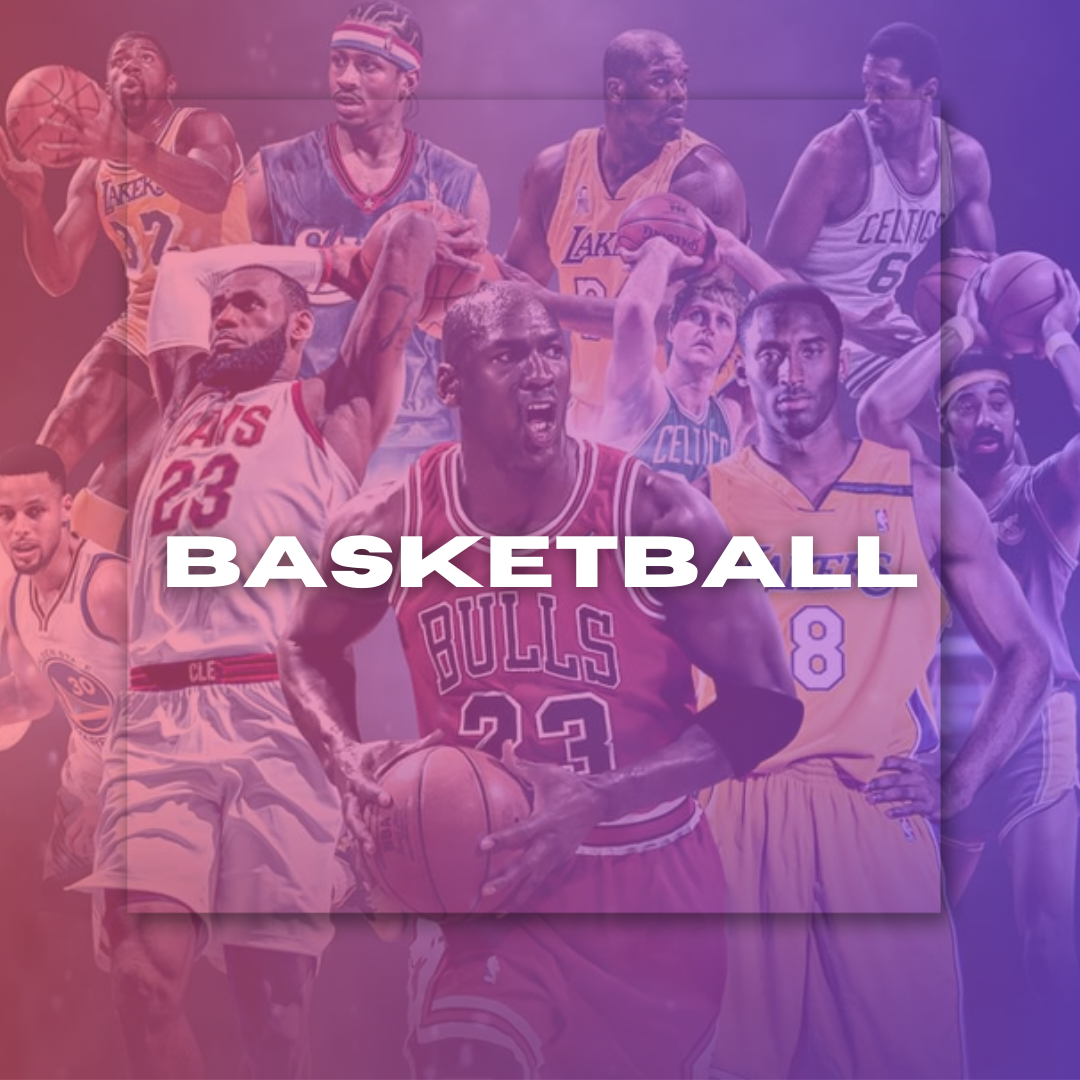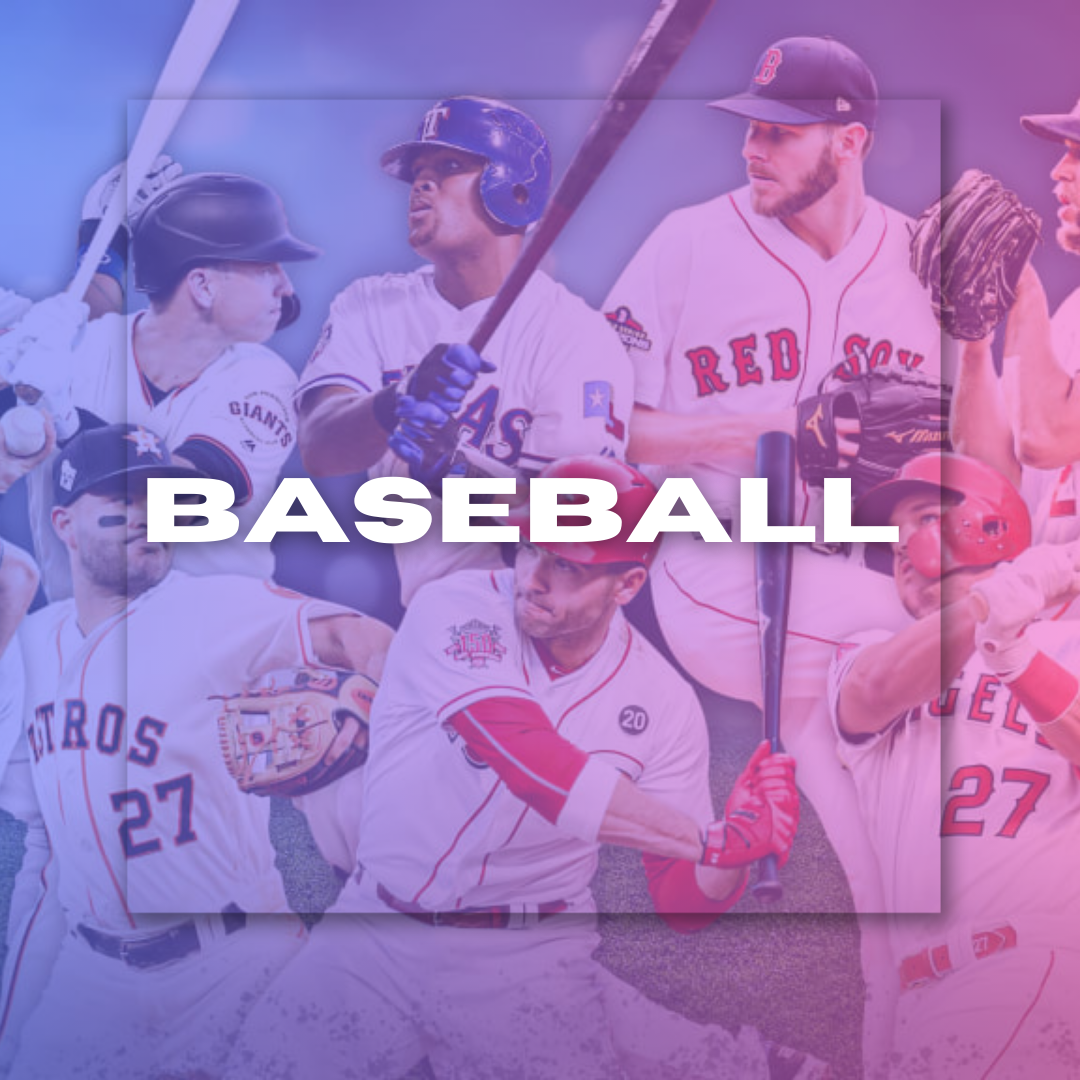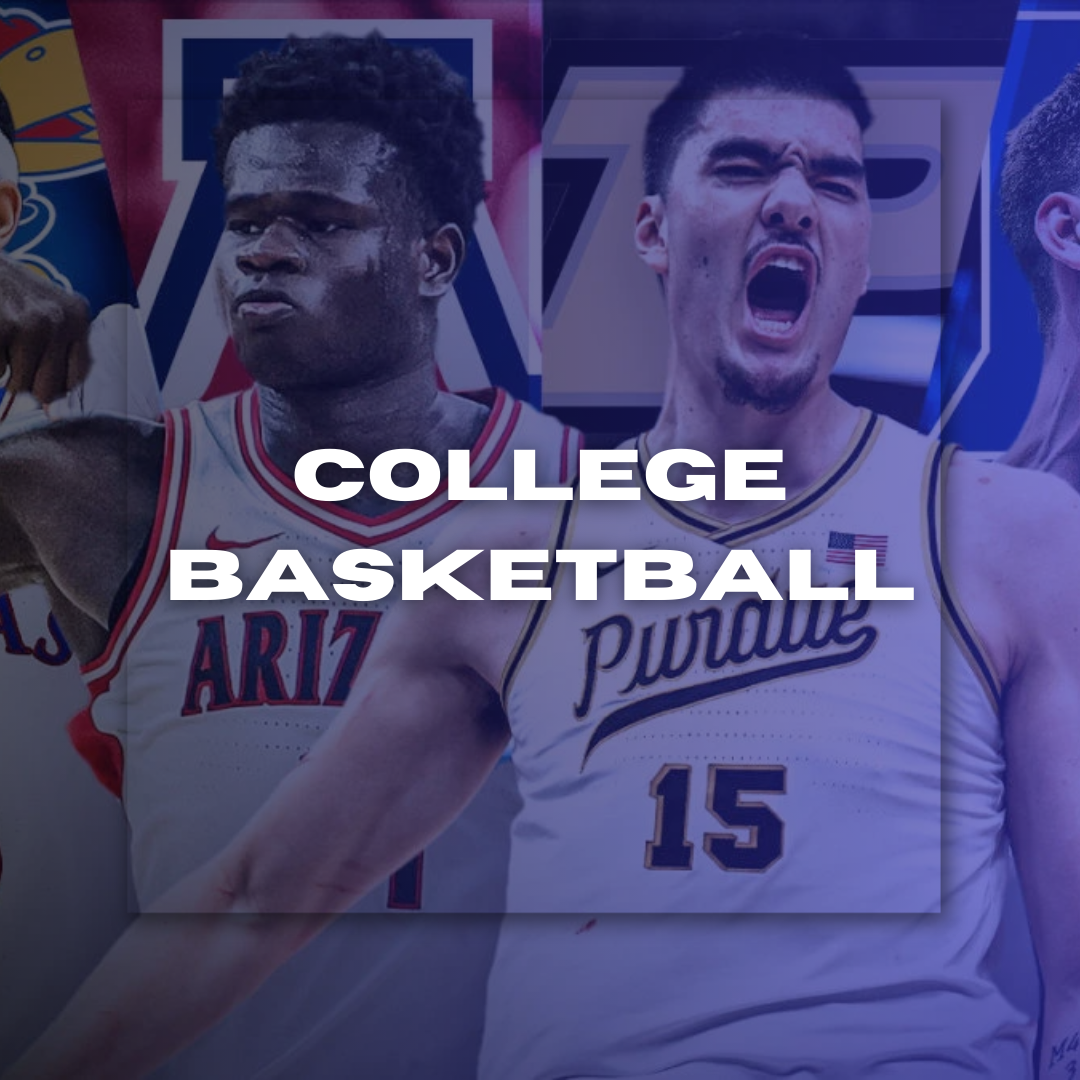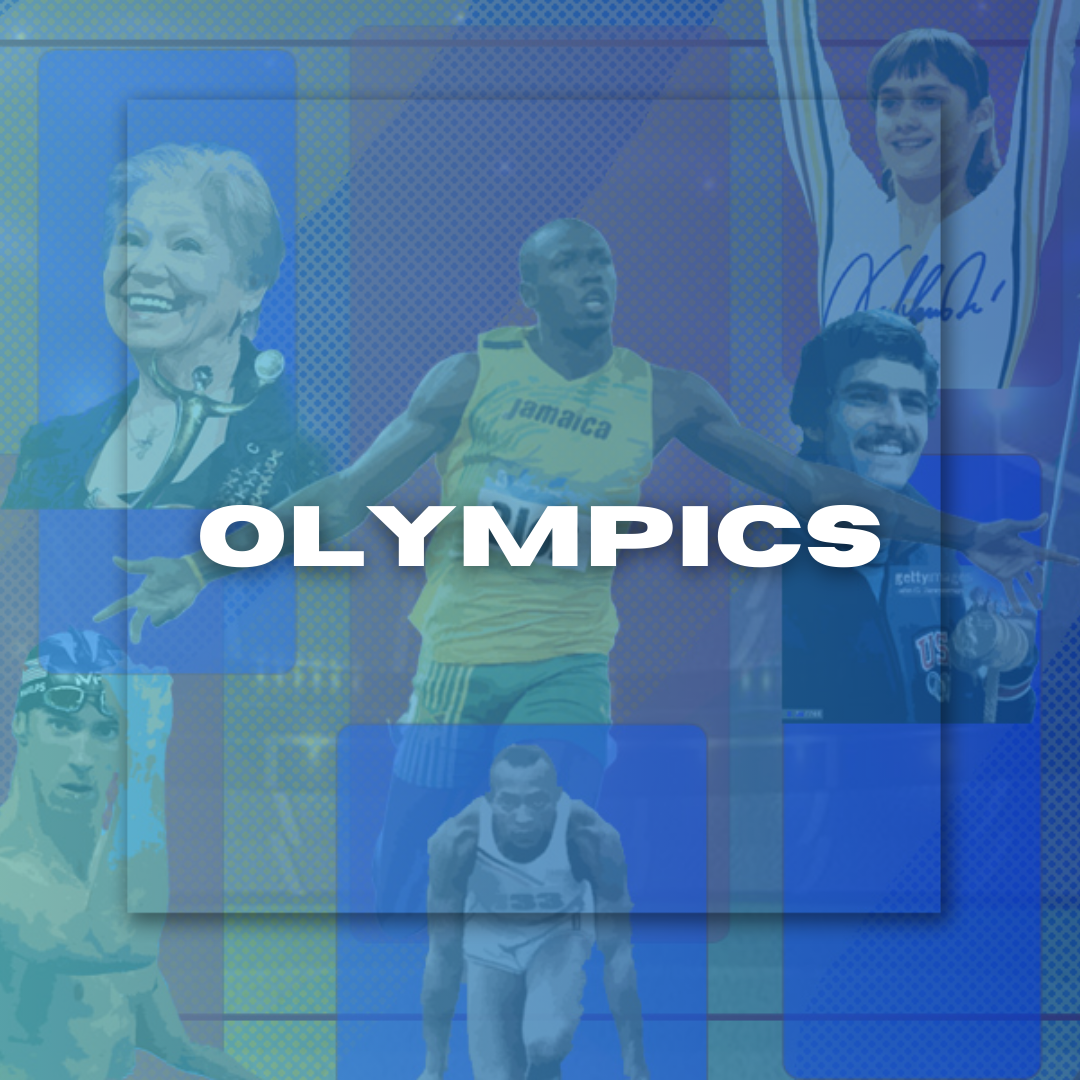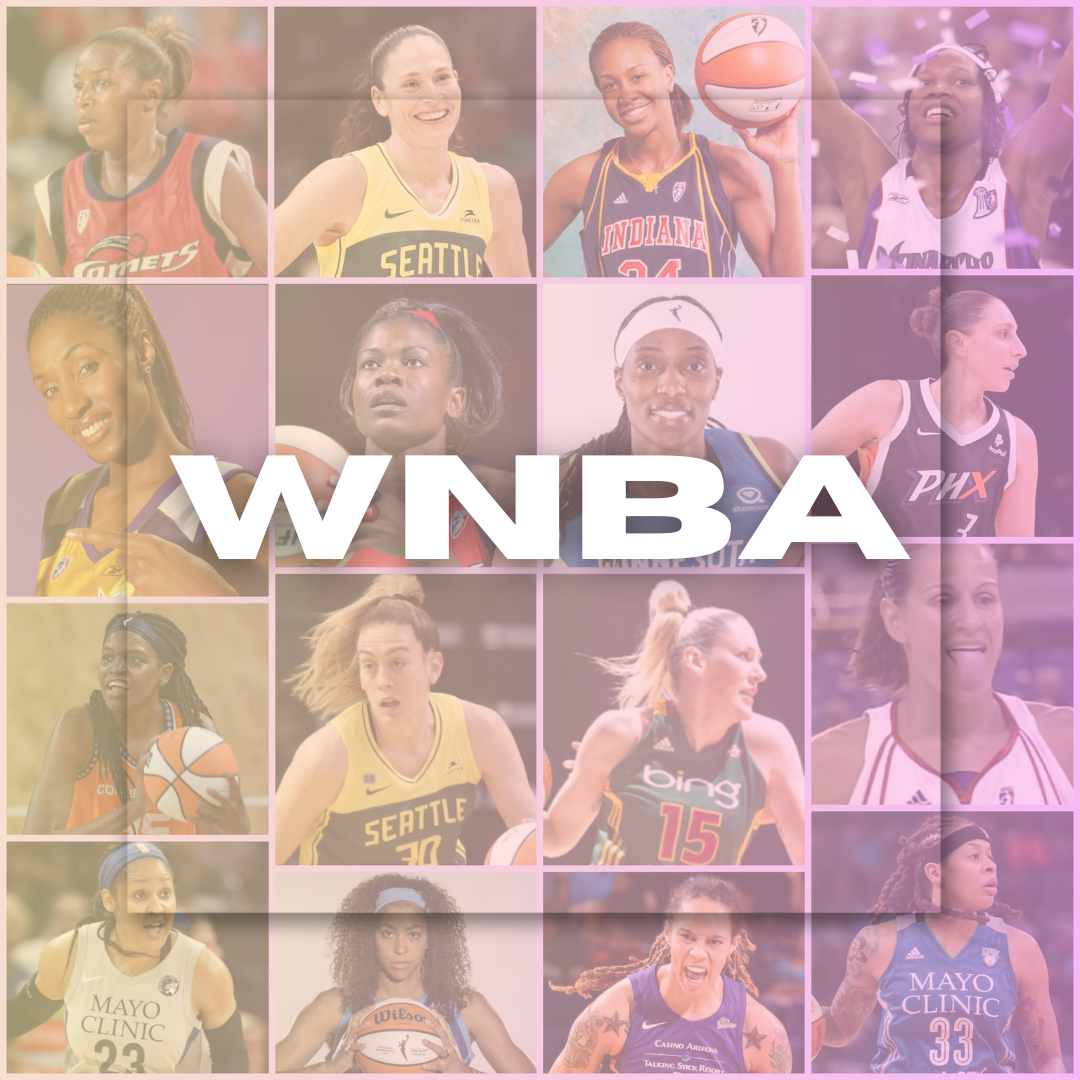
The 'One and Done' Rule in College Basketball: Impact on Players and the Game
By Justin Rubin August 19, 2024 22:48
One of the most talked about mysteries in college basketball is that five-word juncture, "one and done." Under this policy, elite basketball players can enter the draft after only one year of college play. Initially, it afforded young athletes an education before turning pro. Still, the rule has since had wide-ranging repercussions on players and their programs, including college basketball. This article looks at the different dimensions of how the one-and-done rule affects, considering its peculiar impacts on players, college basketball's long-term well-being, and general societal implications.
Impact on Players
Development and Career Trajectories
Top college basketball players are affected most by the "one and done" rule, which shapes their careers and development as future Hall of Famers. According to many, playing at the college gives you a platform where they can showcase their talent and makes them noticeable for scouts from the NBA. Regardless, this short period can also be a blessing and curse.
Pros:
Immediate Financial Benefits: Although college careers do not pay players salaries, leaving after one year can ensure potential millions in earnings for one's first NBA contract. For disadvantaged communities, this financial incentive can be game-changing.
Exposure and Experience: Playing at the college level gives athletes a unique opportunity to experience competitive play in an environment that can help them transition smoothly into professional levels. One of the biggest spots where players can showcase their skills is in the NCAA tournament.
Cons:
Short Development Time: One year is too short for players to develop skills, adjust to the physicality and cleanliness required at the pro level, or mentally understand the game fully. Consequently, the same players struggle in the NBA when faced with real competition.
Succeeding Immediately: The stress of performing at a high rate in their short college careers is overwhelming. Players may be pressured to prioritize their performance at the expense of team winning, limiting overall development.
Early Departures
Leaving college after one year presents players with challenges. The switch from college to the NBA can be overwhelming, as players must learn how to deal with a faster game on and off-court experience. Secondly, few players will have the kind of support system in place to take that step.
Mental Health Concerns: It is a huge adjustment to leave college early and instantly be in the NBA. This pressure can cause anxiety and depression, especially if they do not know how to fit into a professional work environment.
College Disadvantages: Players who leave college early also face the dilemma of usually not being able to finish their education. People in an athlete's shoes may return to school later, but most never do this, which confines their marketability and what they can step into post-basketball.
College Basketball Impact References
Quality and Competitiveness
The one-and-done rule has had a major impact on the quality of college basketball, making it less competitive. It has been raised by a better standard of play, given that elite talent is funneled into college programs. On the other hand, it has thrown up challenges for teams and reshuffled the political map of basketball.
With a large number of graduating seniors last season, many programs face the yearly struggle to replace NBA talent lost after just one year. This leaves coaches struggling to put together units with any continuity or stability.
More competition would add even more top-tier talent to college basketball, theoretically breaking up the juggernauts. Powerhouse programs are only more attractive to top recruits, which means better contests get even better for fans.
Team Chemistry and Roster Consistency
The "one and done" rule has changed how college hoops teams are built from year to year. One of the dilemmas coaches face in college basketball is the dynamic nature of rosters, which can inhibit long-term planning.
One-and-done players lead to a high turnover rate, which makes it hard for teams to build good team cultures. Biala support affects the chemistry and performance of the team, especially in higher-pressure roles.
Coaches should remember that players are more likely to leave after one year, which alters their overall recruitment strategies. This focus on immediate results can detract from the growth of players who may just be slower developers.
Broader Implications
Economic and Societal Implications
The larger issue regarding the "one and done" rule extends beyond basketball. We discussed education, college sports as a business, and the duty of care owed to different groups.
Opponents claim the group contributes to a philosophy that values money over player safety, saying big-name players increase viewership and profits. The exploitation of young athletes is an ethical grey area, though.
Because successful teams lure sponsorships, grow ticket sales, and gradually or more easily captivate television viewers, college sports programs are generally beholden to well-paid coaches. Still, there is a dark side to the one-and-done system: spending that much on single-season talent leaves some programs vulnerable financially if they occasionally stumble.
The Continuing Debate and its Prospective Reforms
While the argument over a "one and done" rule persists, there is no shortage of constituents clamoring for reform. Others suggest scrapping the rule, thus enabling high school-age players to jump straight into the NBA draft. Some have proposed a two-year college rule to better develop and educate players.
The NBA's G League has become an alternative route for players looking to skip college. It would give college players a way to get paid while remaining eligible for the NBA draft, effectively making it a loophole around everything wrong with one and done.
Striking a balance between education and professional aspirations has been and continues to be daunting. With this in mind, stakeholders must consider how young athletes can be supported as student-athletes pursuing academic and athletic success.
The downstream effects are many, among players and the game of basketball in general but also within a sports industry built upon labor industries like college hoops. Although it provides financial benefits to elite athletes sooner, other developmental challenges are connected to mental health and educational sacrifices. The effect on college basketball is equally insidious, reaching into team chemistry, competitiveness, and recruiting. While the debate over this rule rages on, stakeholders are duty-bound to come together and discuss how best to handle both these challenges and consider other potential reforms that will help protect kids but never compromise college basketball itself.





















































